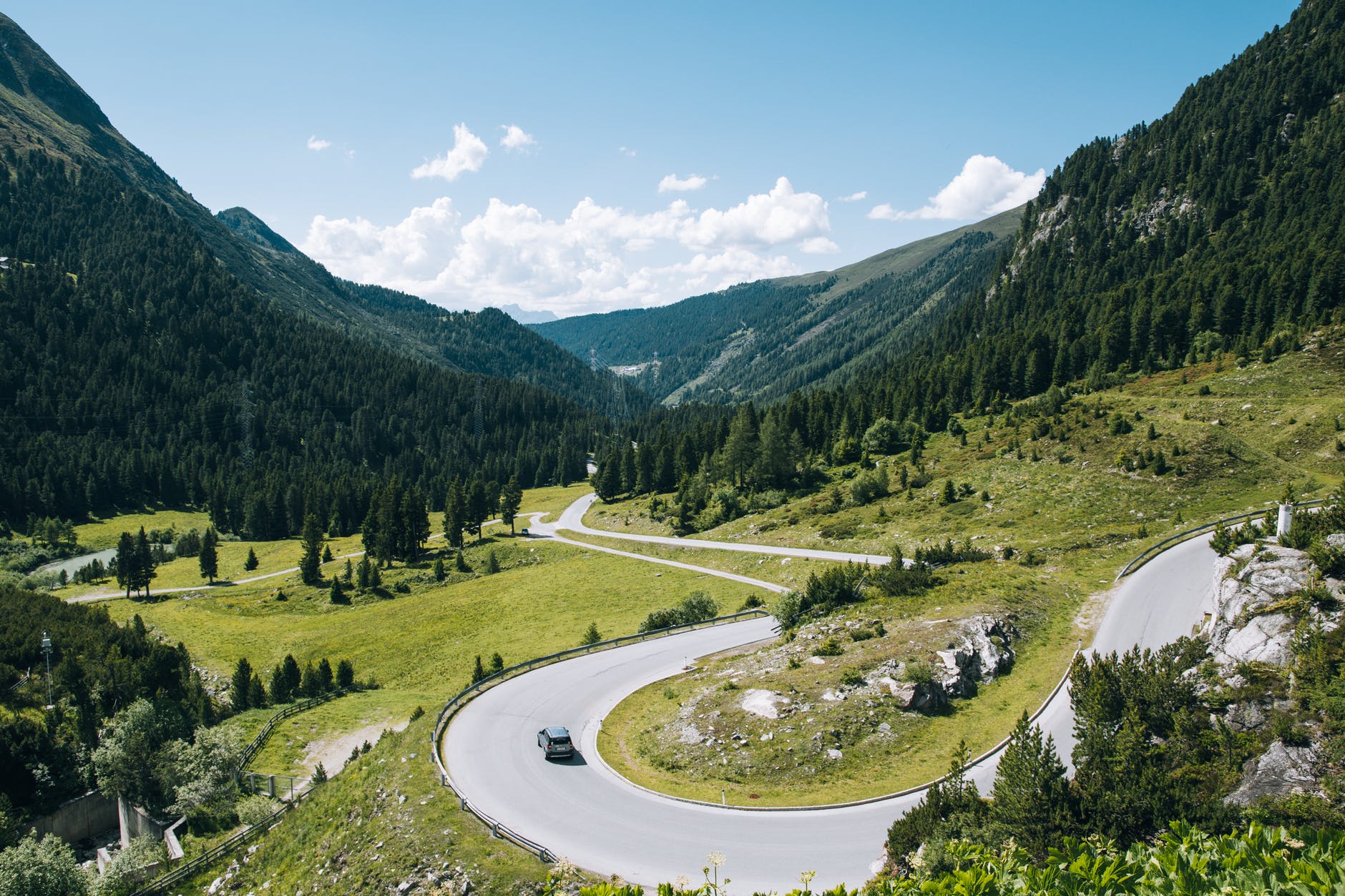Innsbruck is one of the largest cities situated in the Inn Valley. Its location has made it the heart of Europe. As Austria’s most famous all-year-round destination, the city retains the old-fashioned ancient city appearance featuring small twisting streets and tall buildings. Most of the attractions in Innsbruck are in the proximity of Old Town, whose twisting pathways, offering the tourist great experience and activities to do. Visit https://www.innsbruck.info/en/sport/summer.html and know the things you can do once you visit the city.
The Innsbruck Hofkirche and Emperor’s tomb
The Hofkirche court church as built in 1563. The 3-aisled church features a narrow chancel and off-centered tower. It also features great interior features such as the 18th century high alter together with other alters. There is also a 17th-century choir screen. Nonetheless, the Emperor’s Tomb is known to be the most significant part of the church. The tomb was built in the 16th century by the German Renaissance sculpture.
The Hofburg
The Hofburg was a formal apartment that was built between the 15th and 16 century. In the 18th century, it was reconstructed in Baroque and Rococo design. The reconstruction of the dwelling was done upon an appeal made by Empress Maria Theresa. Make sure you get a guided tour to have a better view of the palace. This magnificent palace comprises luxurious houses that feature fine painted ceilings.
The old town
Innsbruck Old Town’s semicircular quarter is separated by a ring of pathways known as Graben. Currently, this place is a pedestrian area that allows you to go back to over 500 years in history. The old town has stunning doorways, tapered house fronts, buttressed medieval apartments, arcaded-facades and oriel windowpanes. This makes it the best example of southern influence and Tyrolese architecture.
The Cathedral of St. James
In the Innsbruck cathedral that was formally known as promoted to the cathedral status in 1964. Mainly known for the great dome over the choir and impressive twin-towered west front, the building was build in the baroque design in 1724. It was remolded after World War II.
Offers a blend of ancient beauty and also modernization
As one of the biggest owners of historical houses and natural wonders doesn’t imply that the town does not have contemporary landmarks. The town has equally developed with other growing countries. The city is a home of nine ski resorts with the benefit of ninety lifts and cable vehicles. Tourist can get access to the resorts through a single ski pass where they are taken by a ski bus.
According to https://www.innsbruck.info/en/, Innsbruck is a home for numerous tourist attractions that offers breathtaking sigh viewing experience. For this reason, you have a guarantee that you won’t regret visiting this great town. Innsbruck has many things to offer for anyone interested in Renaissance and Baroque architecture.
